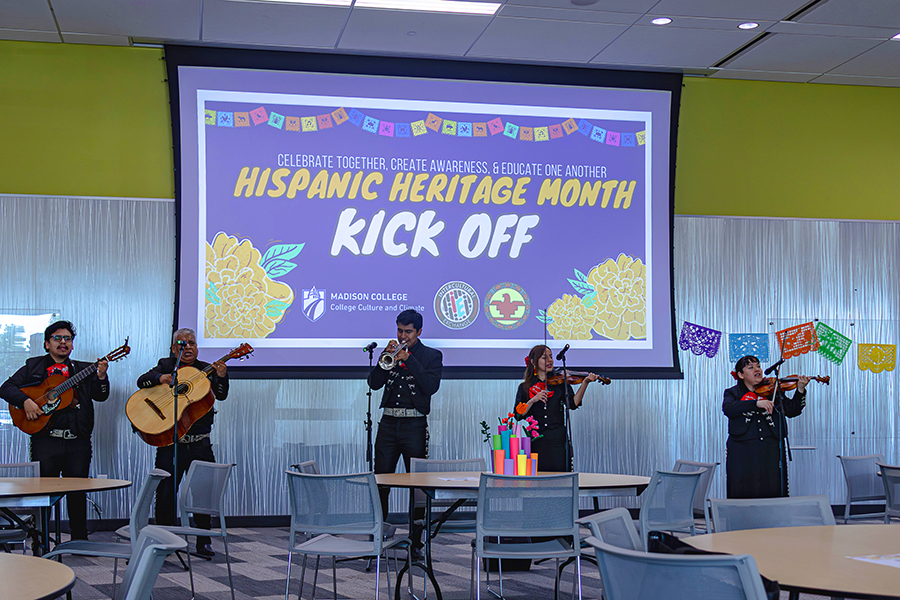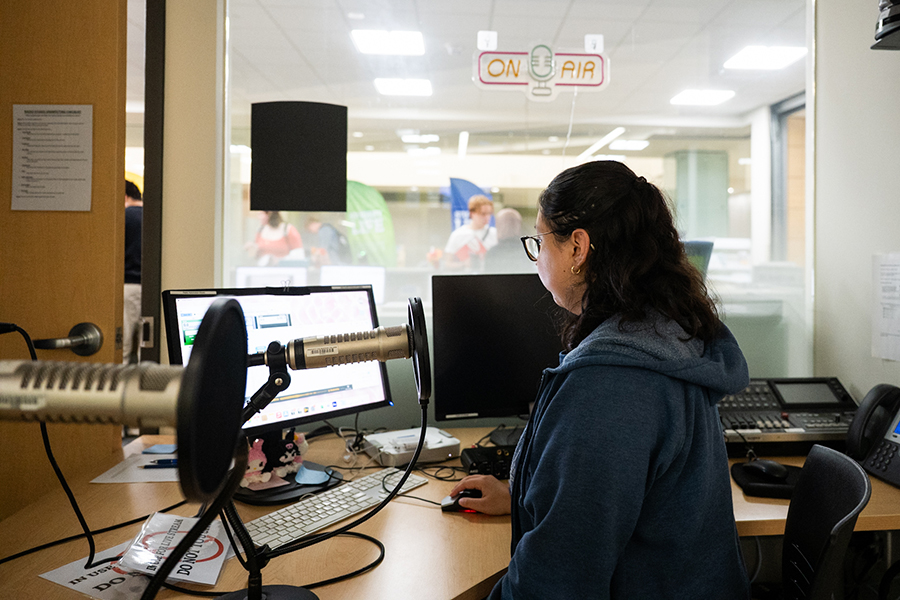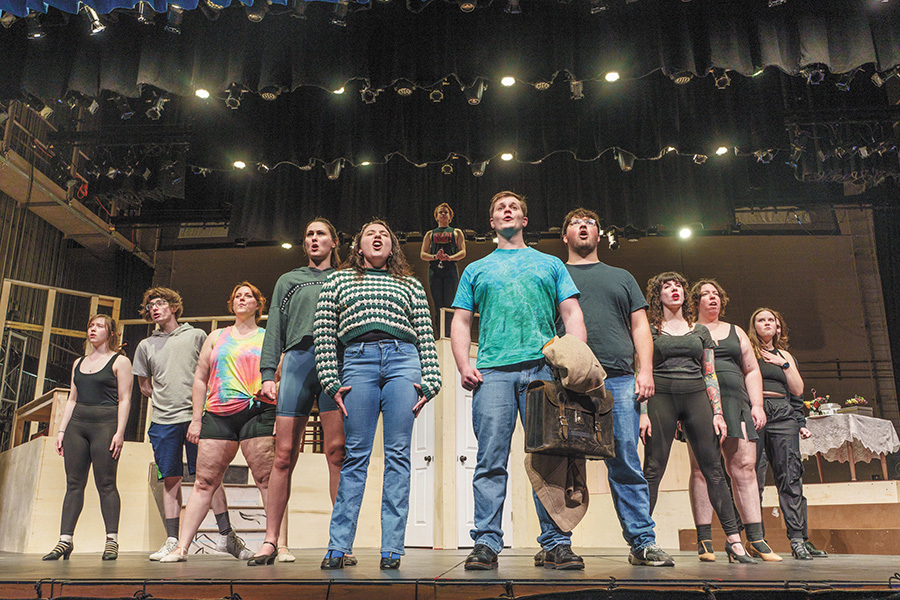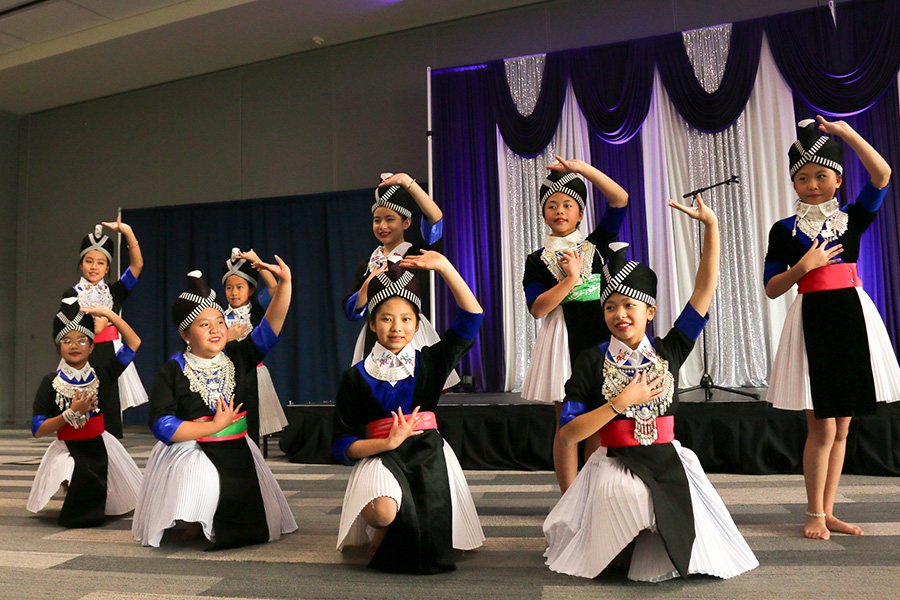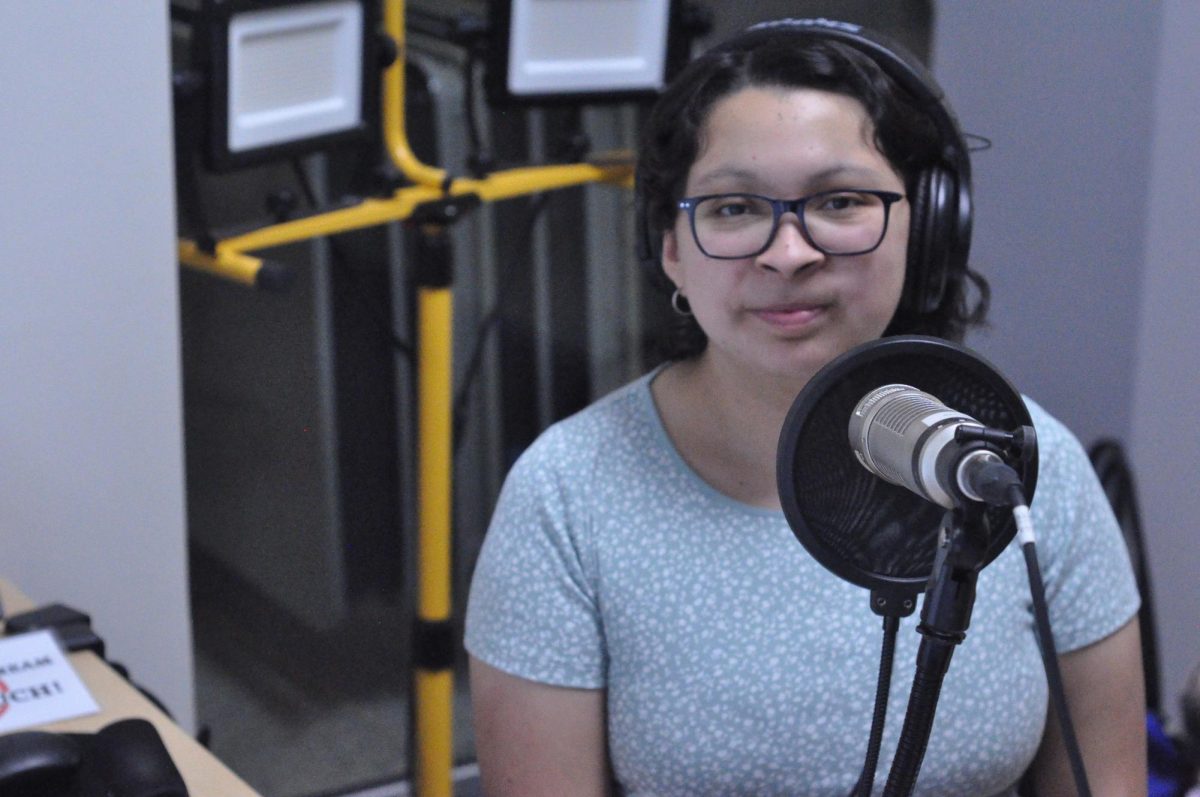Madison College held a Hmong New Year celebration on Dec. 7 in the atrium of the Truax Campus. The event was organized by a team within the Division of College culture and climate, led by Vice President Dr. Damira Grady.
The United Common Ground, the Hmong & Allies Affinity Group, the Institute for Equity and Transformational Change and many other groups all contributed to the success of the event.
A dedicated team of energetic emcees guided the crowd through a long list of engrossing acts. Atom Yang, Esther Lee, Lajzoo Vang, Sophia Hammerslag, Angela Yang and Asia Xiong were organizers.
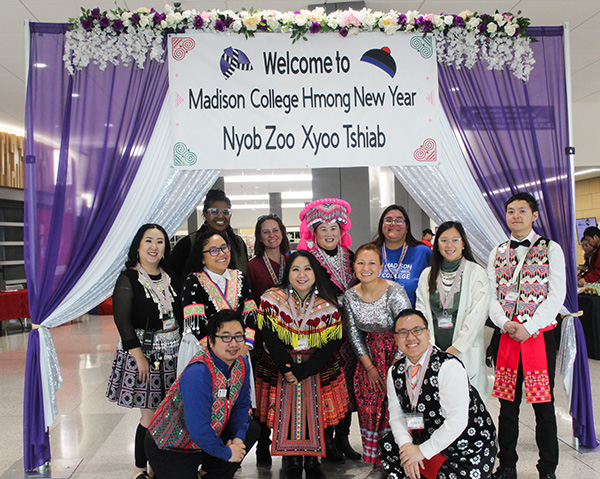
These concerted efforts culminated in a successful homage to the origins of an age-old tradition.
In its beginnings, the Hmong New Year was a time to enjoy the fruits of a season of labor. It was also a time of courtship as villages temporarily unified for the duration of the festival. Occurring anywhere between the end of November and the beginning of January, Hmong across Indochina congregated for the primary purpose of giving thanks to the success of their agricultural efforts.
Geopolitical pressures in the 1970s changed the nature of the holiday into what we have today. The Hmong people’s “secret war” on behalf of the U.S. in Vietnam and neighboring Laos led to a mass exodus triggered by the resulting communist persecution. Catholic Diocese and other religious organizations in the midwestern United States funded refugee programs, and to this day the largest urban Hmong population in the nation is in Saint Paul, Minnesota.
Traditionally this harvest celebration consisted of 10 dishes a day over the span of at least three days. This adds up to 30 dishes, which is the believed origin of the name Noj Peb Cuag, or “eat thirty.”
Madison College’s version was an “eat thirty” event, with the major difference being that big backing was confined within the boundaries of a single day.
Angela Yang, the co-chair of the Hmong Affinity and Allies group, said the 2024 Madison College Hmong New Year saw an expansion of spectacle that was well received by the attendees.
A regular at the event stated that she preferred the atrium setup because it gave greater access to view the performers while perusing the numerous vendor options.
Ranging from savory to spicy to sweet, the food options ran the gamut on taste. As far as entertainment, the colors and sounds coming from the state were endlessly entertaining. Savory treats included egg rolls, spring rolls, sausages, curried noodles, pork and chicken.
Vendors like Ger’s Kitchen blended traditional recipes with modern inspiration to create their own twist on dishes like Nam-Kao. Nam-Kao is deep fried seasoned rice usually wrapped in fresh lettuce and other assorted herbs. The sweet treats held a similar degree of attention.
Made by a Madison College student who is a third-year veteran of the event, the matcha cakes at Bee Yourself Bakery were a combination of creamy texture and well measured flavor. Lyna boba tea was a fruity sugar rush that kept the lines long.
Ceiling speakers extended the festivities into the dining area, so one could eat while watching the dancing feet and sip tea while catching the must-sees. Dance troupes displaying colorful clothes and practiced choreography captivated the food consumers.
The purples and golds of Dhia Ua Ke (diah-oah-kay) followed after the soulful voice of Genny Yang and the idyllic intonations of Mason Her’s bamboo qeej(gheng). The qeej is a free reed aerophone instrument, meaning that it creates sound by vibrating an independent body of air.
The Hmong language is tonal, and as such entire sentences can be represented by an instrument. When played the way Mason did it, the geej acts as a linguistic analog and is often used as a form of storytelling and spiritual communication. Use of the geej is typically reserved for weddings, funerals and the new year.
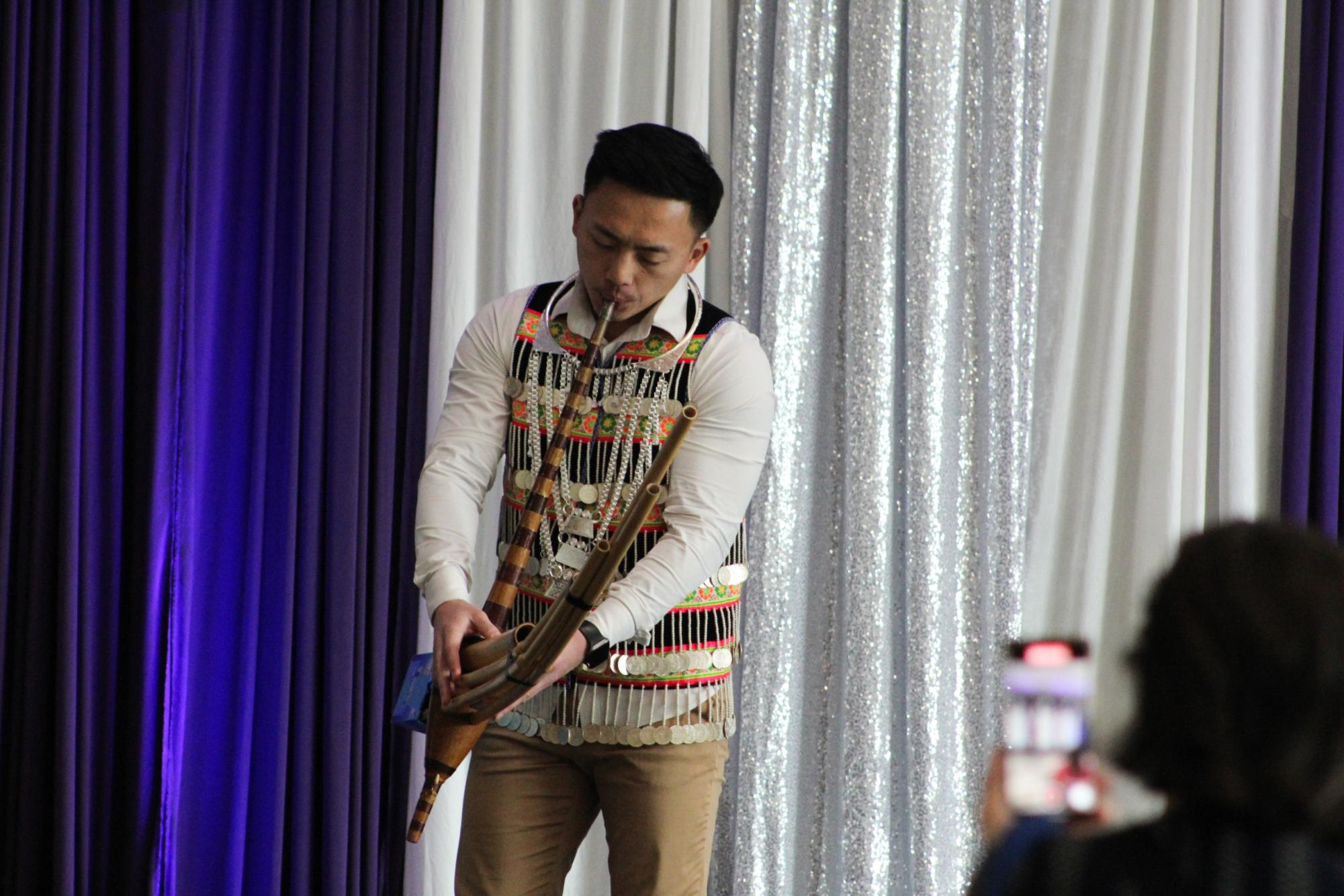
After these performers, Yang led the spectators in the Salavang community dance. The atrium filled with a long line of people following the leader, passing by the embroidered murals, woven furniture, and weathered wooden machines for rice processing. The pedal operated rice pounder was a frequent place where young Hmong couples would first meet.
After the procession, there was a short intermission followed by continuing performances. While traditional dance groups are a staple of the event, this year’s Hmong new year attracted the talent of an outside group from UW-Platteville called Fusion X. The officers made the trip down to perform a routine combining hip-hop, K-pop, step, jazz, majorette and contemporary styles.
The swagger and flamboyance of their choreography had the audience bouncing in their seats, and the applause that followed by thunderous applause.
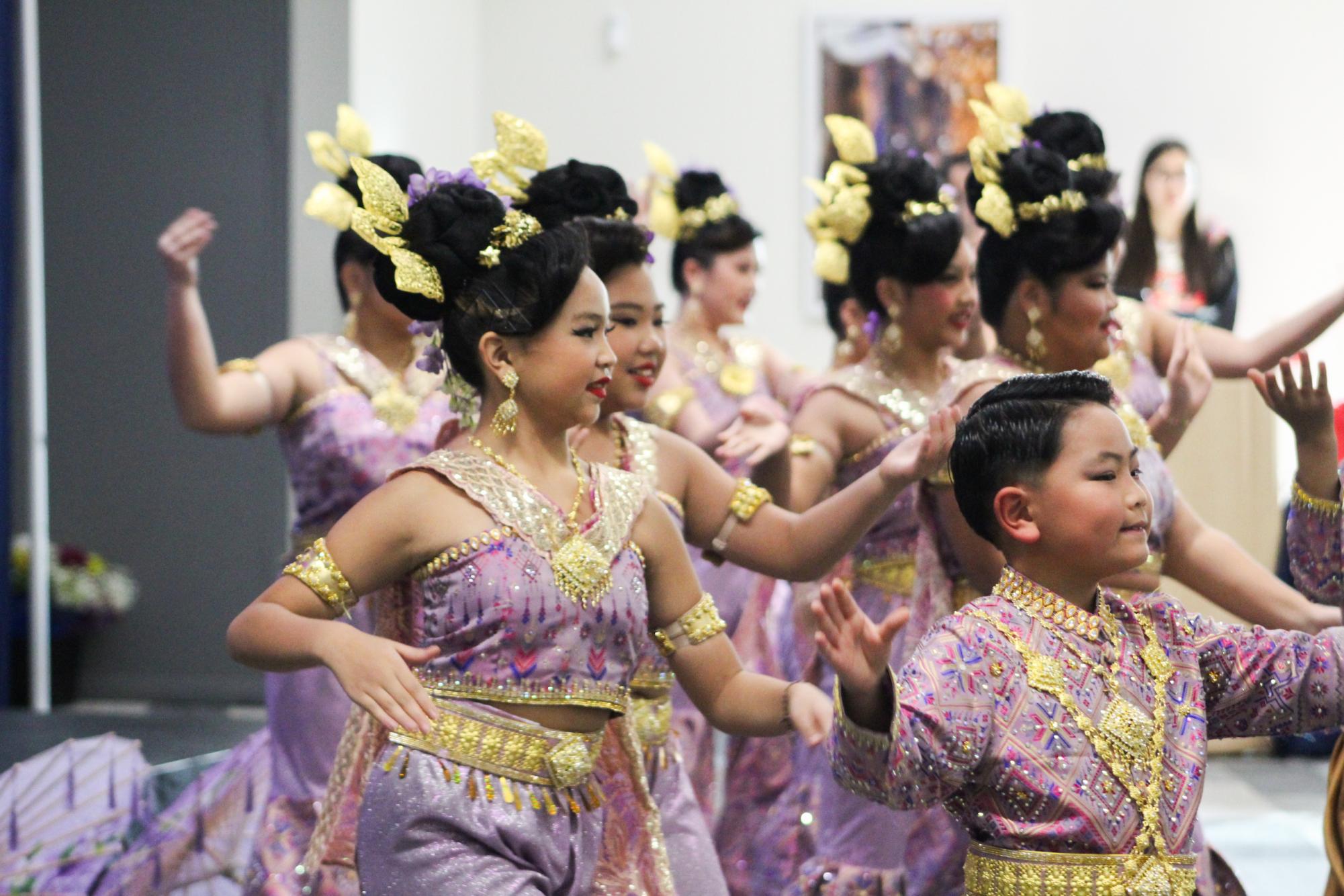
Beyond the food and performance, there were tables dedicated to arts, crafts, and public services. S.Z Putnam sold books of poignant and profound poetry, and Chia Vang sold historical fictions detailing the secret war and subsequent exodus to the United States from the perspective of a young girl.
Amidst numerous other vendors was Simply Dainty Jewelry. Handmade necklaces, bracelets, and earrings inset with jade and colored glass covered the display. Each piece of jewelry depicted symbols traditionally found on Hmong embroidery. Family and prosperity represented in the elephant foot and the snail took center stage in these.
From its beginnings in Indochina to the event attendees experienced in December, the culture and stimulating pride of the new year provides a connection for the Hmong people.

